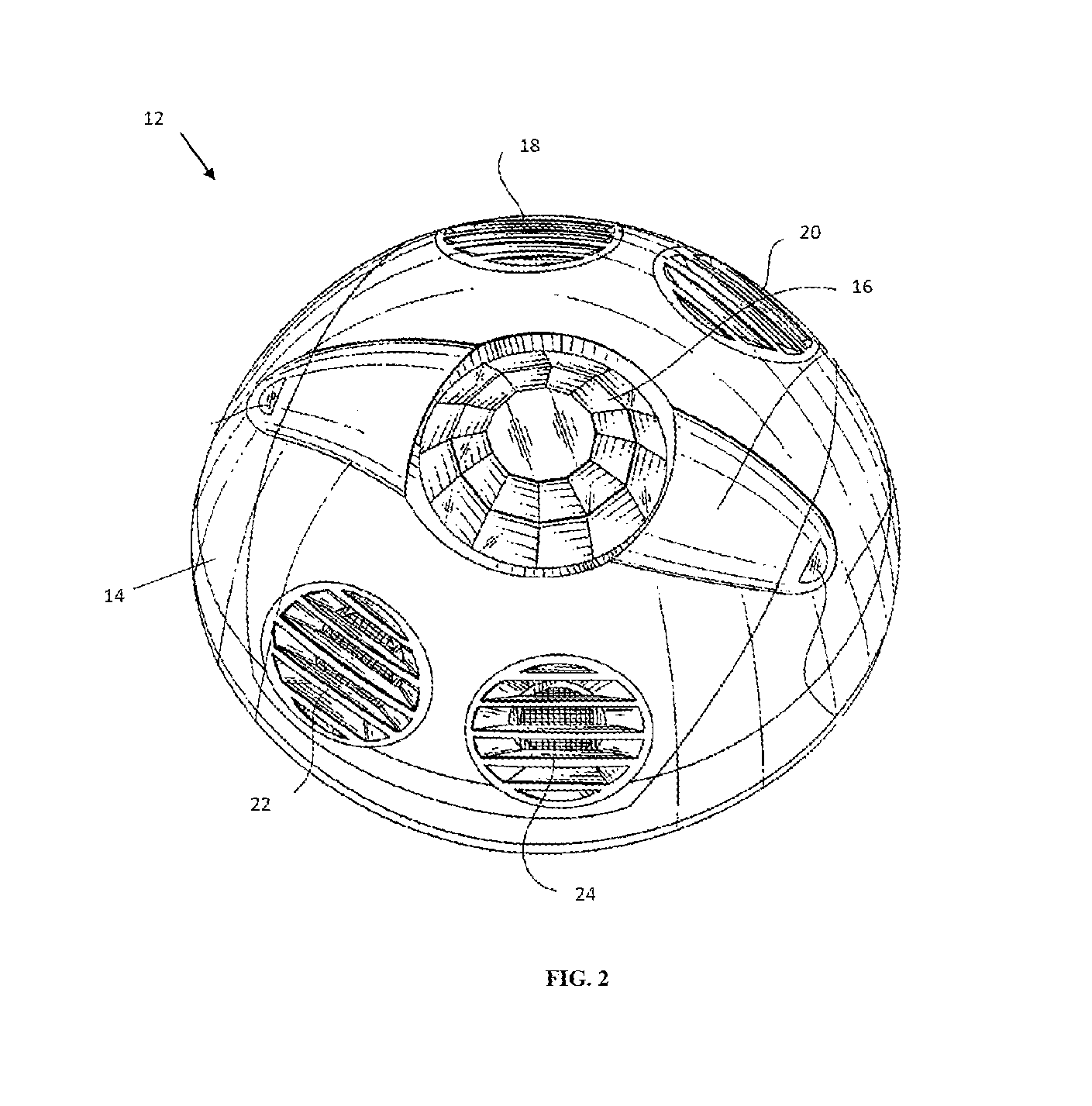System and method for space vacancy sensing using gas monitoring
- Summary
- Abstract
- Description
- Claims
- Application Information
AI Technical Summary
Benefits of technology
Problems solved by technology
Method used
Image
Examples
Embodiment Construction
[0017]The disclosed system and method utilize one or more gas detection sensors to detect human occupancy of a space and to adjust lighting and / or other electrical loads servicing the space. Gas detection technology can be used by itself, or it can be used in combination with other sensing technologies such as passive infrared (PIR), ultrasonic, microwave, acoustic, video or other occupant sensing techniques. In one non-limiting exemplary embodiment, the system monitors CO2 concentration of a space, where the CO2 concentration is representative of the presence or absence of an occupant.
[0018]Turning now to FIG. 1, an exemplary embodiment of an occupancy sensing system 1 is shown. The embodiment of FIG. 1 includes a gas sensor 2 and a secondary sensor 4 coupled to a controller 6 so that the sensors can send signals to the controller. The controller 6 may be operable to control an electrical load 8 for a monitored space 10 in response to an occupancy determination based on signals rec...
PUM
 Login to View More
Login to View More Abstract
Description
Claims
Application Information
 Login to View More
Login to View More - R&D
- Intellectual Property
- Life Sciences
- Materials
- Tech Scout
- Unparalleled Data Quality
- Higher Quality Content
- 60% Fewer Hallucinations
Browse by: Latest US Patents, China's latest patents, Technical Efficacy Thesaurus, Application Domain, Technology Topic, Popular Technical Reports.
© 2025 PatSnap. All rights reserved.Legal|Privacy policy|Modern Slavery Act Transparency Statement|Sitemap|About US| Contact US: help@patsnap.com



